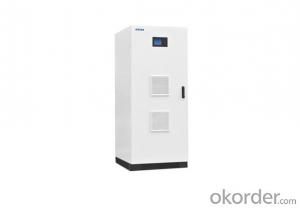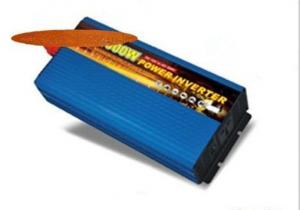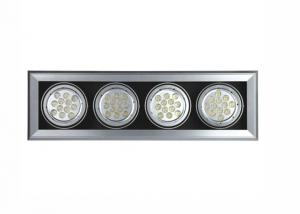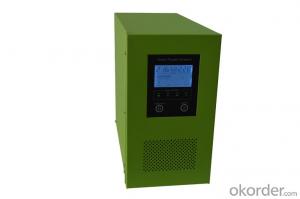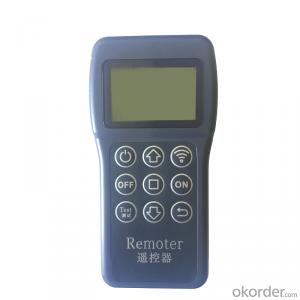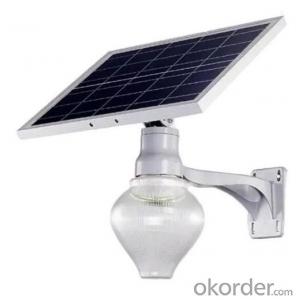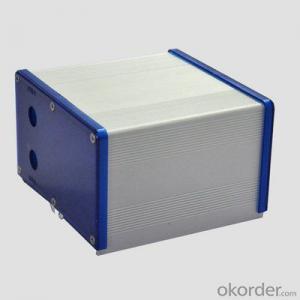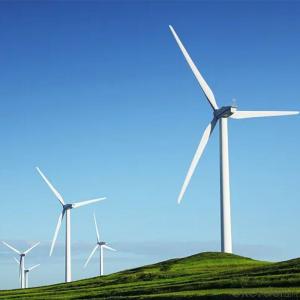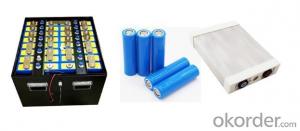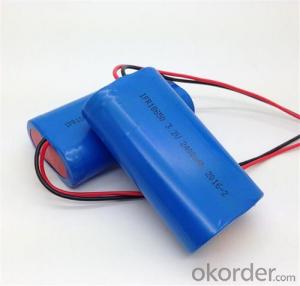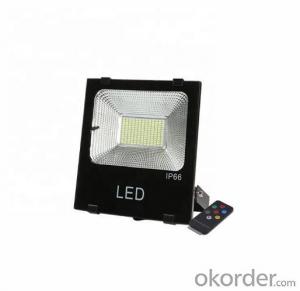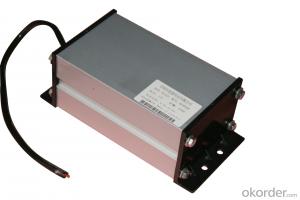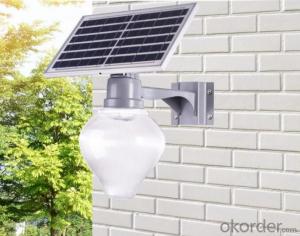Solar Inverter Charger 48v
Solar Inverter Charger 48v Related Searches
48v Solar Inverter Charger 48v Solar Inverter 48 Volt Solar Inverter Solar Inverter Charger 24v Solar Inverter Charger Solar Inverter Charger 12v Solar Hybrid Inverter 48v 24v Solar Inverter Charger Solar Power Inverter Charger 12v Solar Inverter Charger 48v Hybrid Solar Inverter Hybrid Solar Inverter 48v 24 Volt Solar Inverter Charger Inverter Charger Solar 12 Volt Solar Inverter Charger Solar Charger Inverter Solar Charger For Inverter Solar Charge Inverter Inverter Battery Solar Charger Charge Inverter Battery Solar Solar Charger With Inverter Hybrid Solar Inverter Charger 48v Solar Inverter Price Victron Solar Inverter Charger 480v Solar Inverter Power Inverter Solar Charger Best Solar Inverter Charger Inverter With Solar Charger Hybrid Inverter Charger Solar Solar Inverter ChargersSolar Inverter Charger 48v Supplier & Manufacturer from China
Solar Inverter Charger 48v is a versatile product designed to convert solar energy into usable electrical power for various applications. It is an essential component in solar power systems, allowing users to harness the power of the sun and utilize it for their energy needs. This product is specifically designed for systems that operate at a 48-volt voltage level, ensuring compatibility with a wide range of equipment and devices.The Solar Inverter Charger 48v is widely used in various scenarios, such as off-grid solar systems, backup power supplies, and renewable energy projects. It is particularly useful for powering appliances, lighting, and other electrical devices in remote locations where access to traditional power sources may be limited or unreliable. This product also plays a crucial role in reducing energy costs and promoting environmental sustainability by utilizing clean, renewable solar energy.
Okorder.com is a leading wholesale supplier of Solar Inverter Charger 48v, boasting a large inventory of high-quality products at competitive prices. They offer a comprehensive selection of solar inverters, chargers, and related accessories, catering to the needs of both individual consumers and businesses. By partnering with Okorder.com, customers can benefit from their extensive experience in the solar energy industry and access to a diverse range of Solar Inverter Charger 48v products, ensuring they find the perfect solution for their specific requirements.
Hot Products











